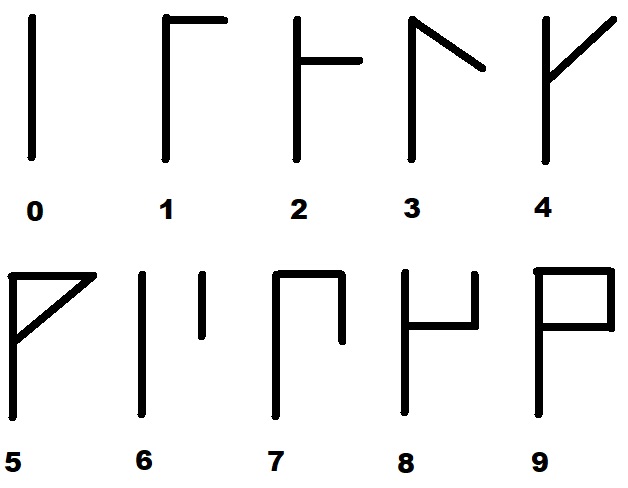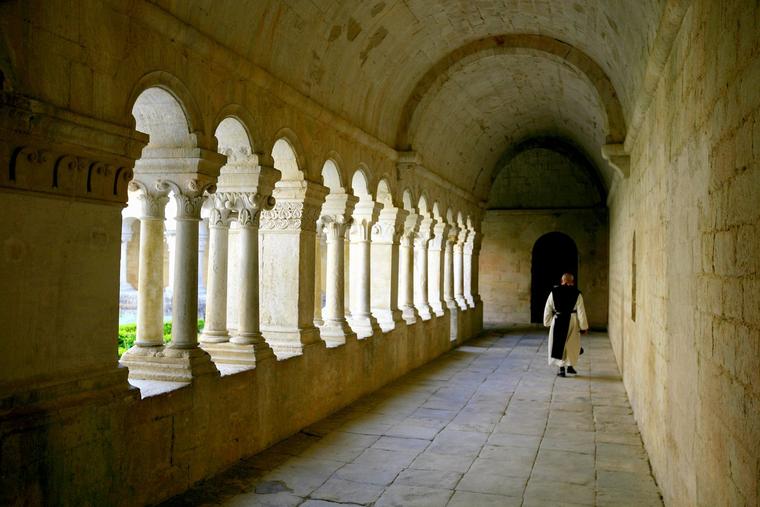- Feb 5, 2002
- 166,633
- 56,267
- Country
- United States
- Faith
- Catholic
- Marital Status
- Married
- Politics
- US-Others
This ingenious notation system was introduced by John of Basingstoke, archdeacon of Leicester, in the 13th century.
Here’s something Sr. Mary Agatha, your 8th-grade math teacher, never taught you.
Before Hindu-Arabic numerals were widespread throughout Christendom, the Cistercian monks throughout Europe in the Middle Ages used an alien-looking single and unique, condensed, alphanumerical numerical system that allowed its users to count from 0 to 9999 and beyond. They are more compact than Arabic or Roman numerals, and a single glyph can indicate any integer from 1 to 9,999.
Before the Arabic system became de rigueur in the West, everyone used Roman numerals. This was used throughout Europe and Western Asia for 300 years. The medieval Cistercian monks — a stricter form of the Benedictines — needed a simpler system for simple numbering purposes. Thus, from the 13th to 15th centuries, European monks developed Cistercian numerals. Similar to Chinese ideograms — a succinct, single alphanumeric symbol that symbolizes all of the 0-9 digits:
 Cistercian Numerals 0-9
Cistercian Numerals 0-9
The numeral system was introduced by John of Basingstoke, archdeacon of Leicester, in the 13th century. The system is based on the ancient Greek numerical system. John of Basingstoke was a Greek scholar and keen to spread Greek scholarship among his monks.
Continued below.

 www.ncregister.com
www.ncregister.com
Here’s something Sr. Mary Agatha, your 8th-grade math teacher, never taught you.
Before Hindu-Arabic numerals were widespread throughout Christendom, the Cistercian monks throughout Europe in the Middle Ages used an alien-looking single and unique, condensed, alphanumerical numerical system that allowed its users to count from 0 to 9999 and beyond. They are more compact than Arabic or Roman numerals, and a single glyph can indicate any integer from 1 to 9,999.
Before the Arabic system became de rigueur in the West, everyone used Roman numerals. This was used throughout Europe and Western Asia for 300 years. The medieval Cistercian monks — a stricter form of the Benedictines — needed a simpler system for simple numbering purposes. Thus, from the 13th to 15th centuries, European monks developed Cistercian numerals. Similar to Chinese ideograms — a succinct, single alphanumeric symbol that symbolizes all of the 0-9 digits:

The numeral system was introduced by John of Basingstoke, archdeacon of Leicester, in the 13th century. The system is based on the ancient Greek numerical system. John of Basingstoke was a Greek scholar and keen to spread Greek scholarship among his monks.
Continued below.

The Secret Catholic Code of Cistercian Numerals
This ingenious notation system was introduced by John of Basingstoke, archdeacon of Leicester, in the 13th century.
